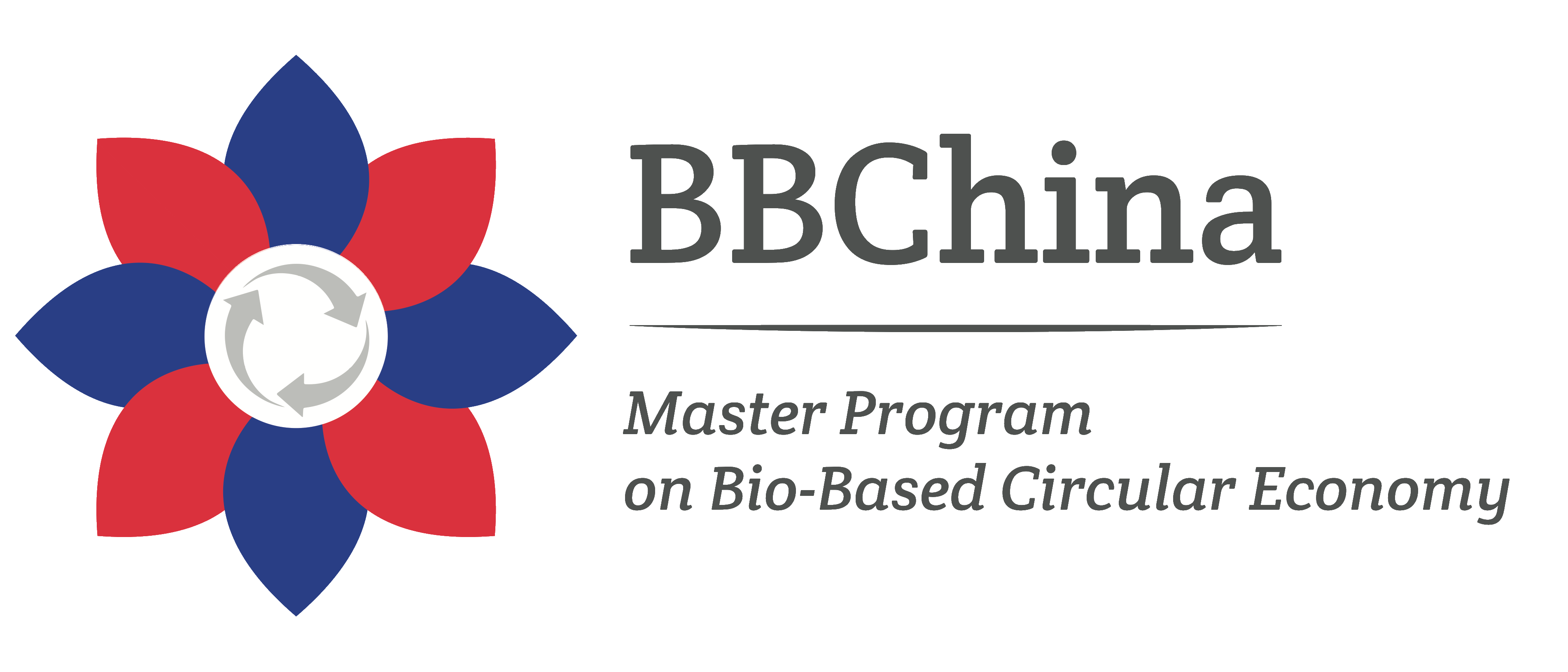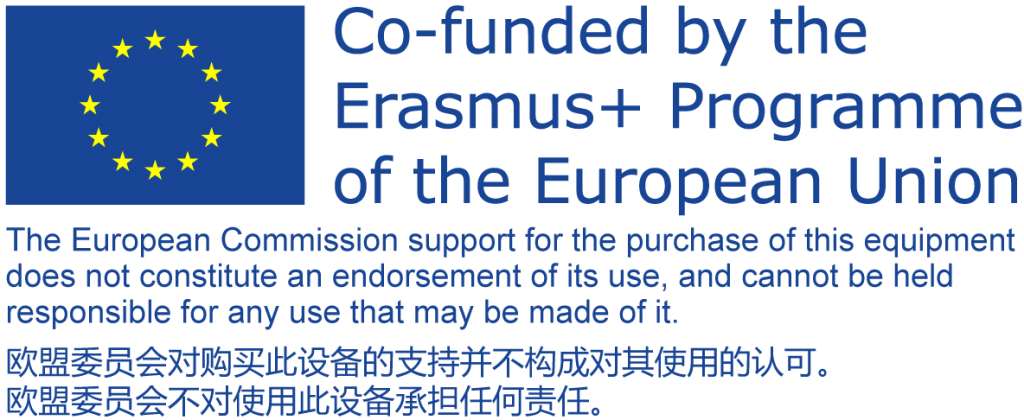The evaluation “ex-ante” done at the project proposal submission stage pointed out the need, in order to support the best implementation of the project, to improve the educational lab structure of the three Chinese HEIs, with also the specific aim to support the implementation of a common educational lab structure all over the three institutions. In fact, the aim of the proposed action regarding practical lab experience for the Master Program students is stated in the project proposal: “Lab equipment will be implemented on a homogeneous basis, in order to allow a common practice for the students.”
As a matter of example, lab facilities at TJU are especially targeting in the field of waste, wastewater and air pollution control, while at ECUST and SCU they are more oriented to chemical and physical analysis for biofuels and biochemicals.
Following the Proposed Project Workplan, the first step of the action was the development of the Master Program Syllabus including the titles of the Courses (that are in common between the three Chinese HEIs) specifically related to the Master Program. Once the Syllabus was defined, the syllabus of each course has been defined and several lab activities have been planned for most of the BBChina courses. The lab equipment necessary for the planned lab activities related to each course was then pointed out. It was then built a table with the necessary lab equipment in common for the three Chinese HEIs and then checked which lab tool was available or missing in each Institution.

Fluorescent Inverted microscope at Sichuan University 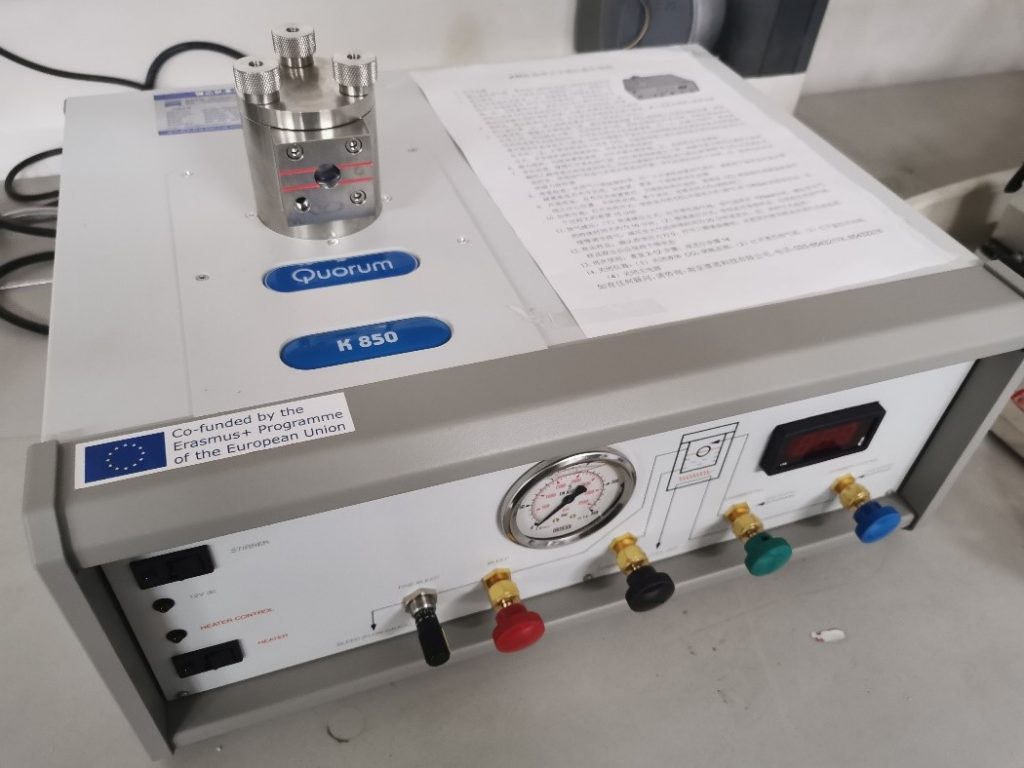
Critical Point Dryer at Sichuan University 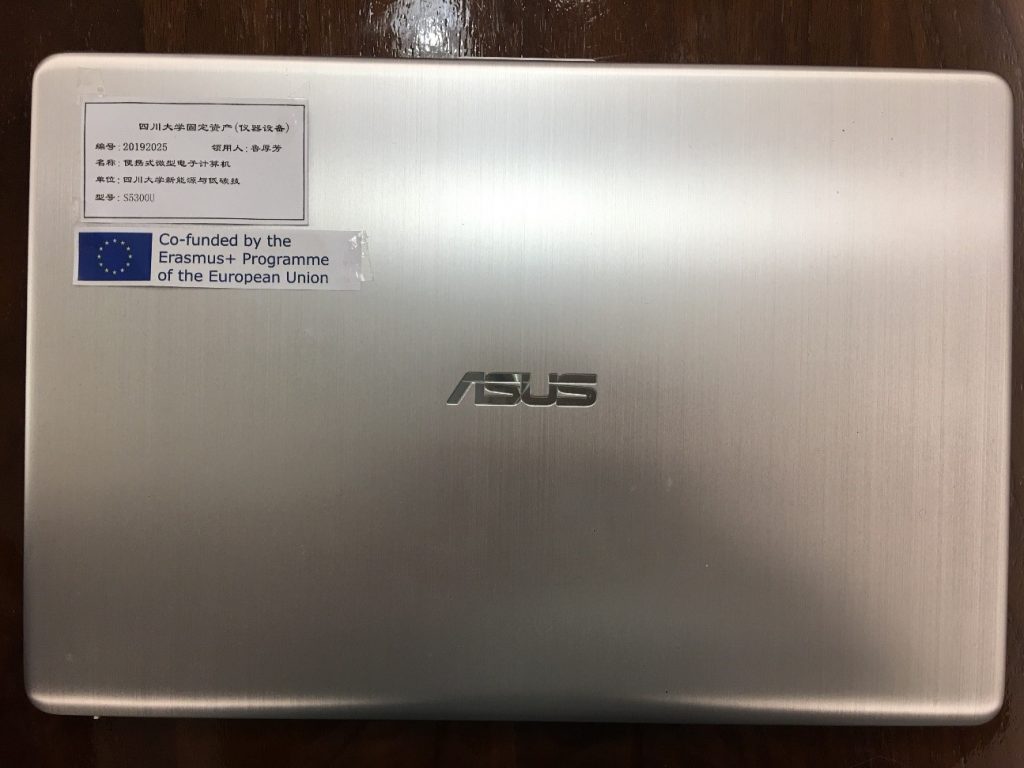
Laptop at Sichuan University 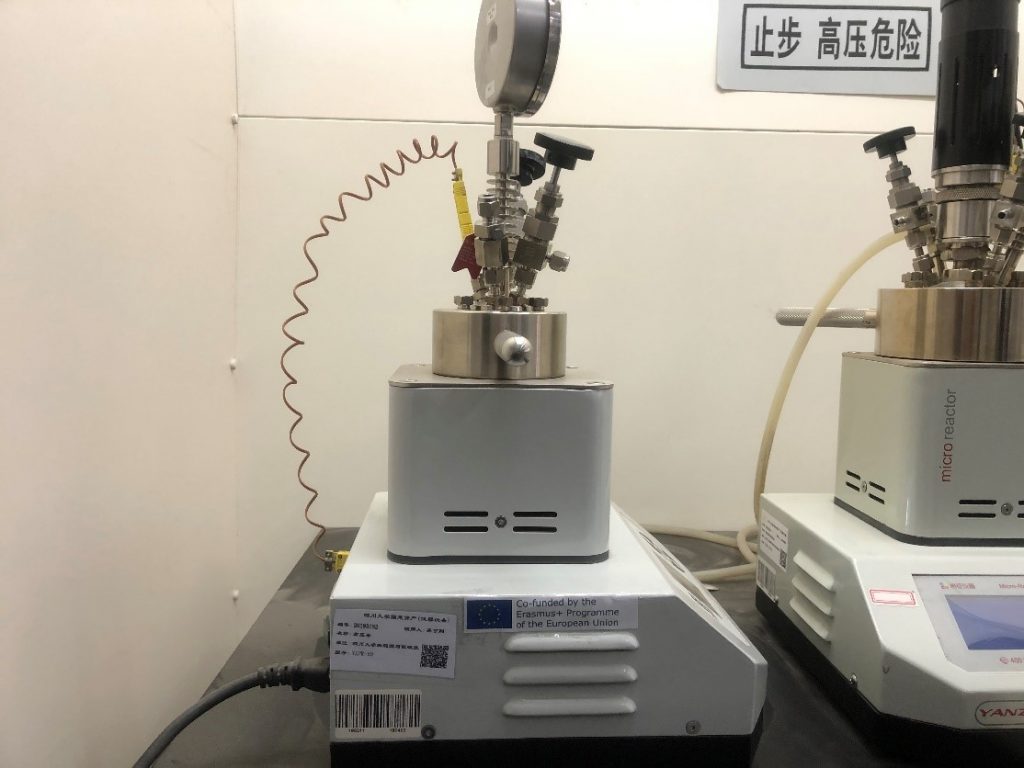
Autoclave at Sichuan University 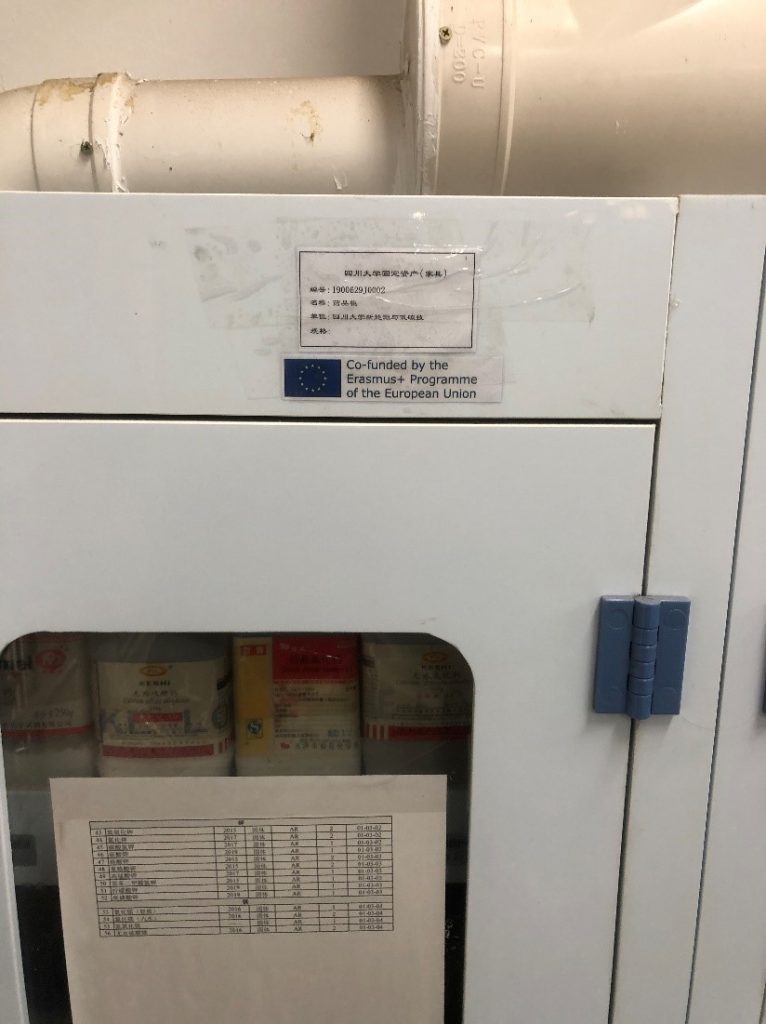
Cabinet at Sichuan University 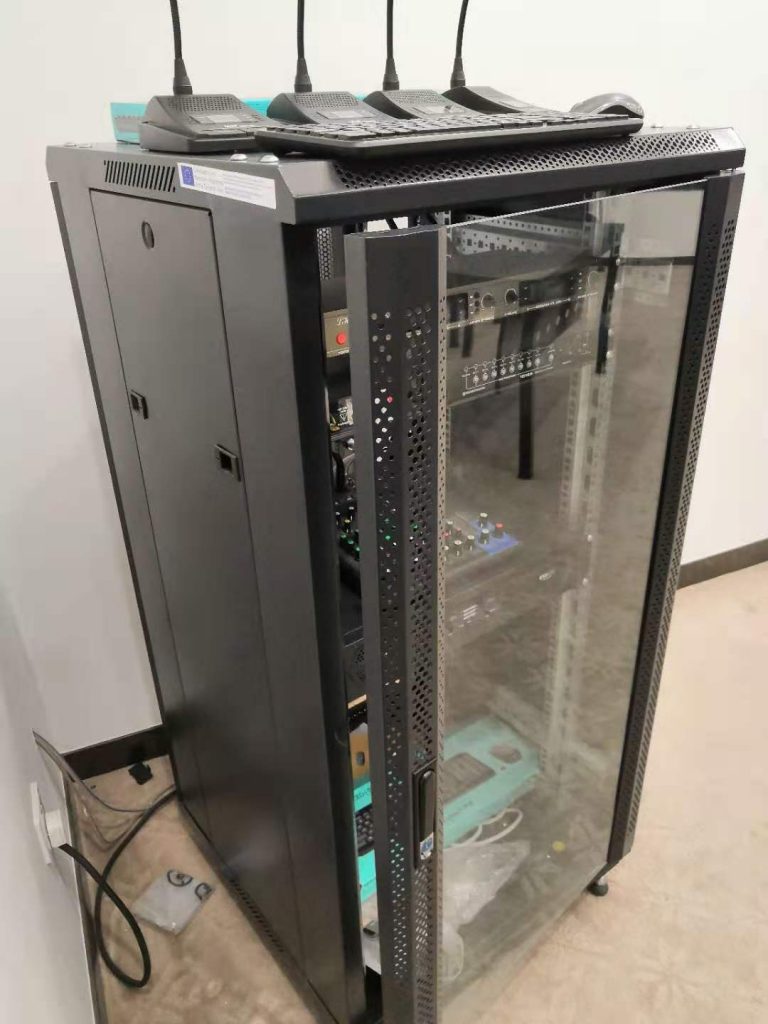
Cabinet for Teaching Equipment at Tongji University 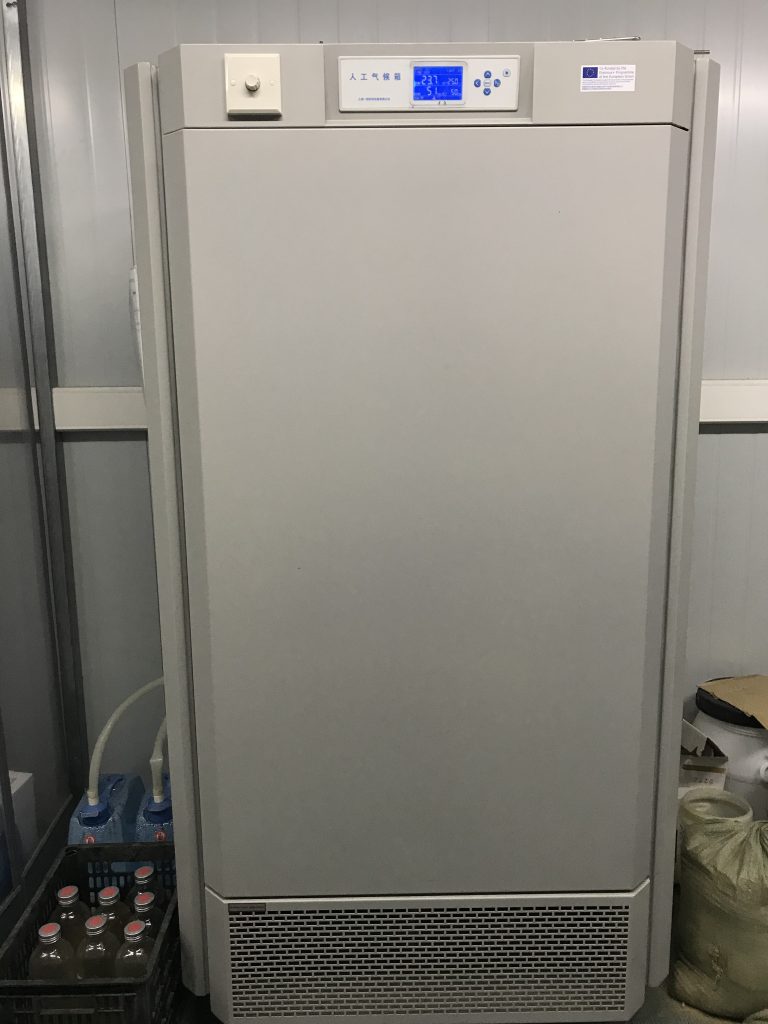
Incubator at Tongji University 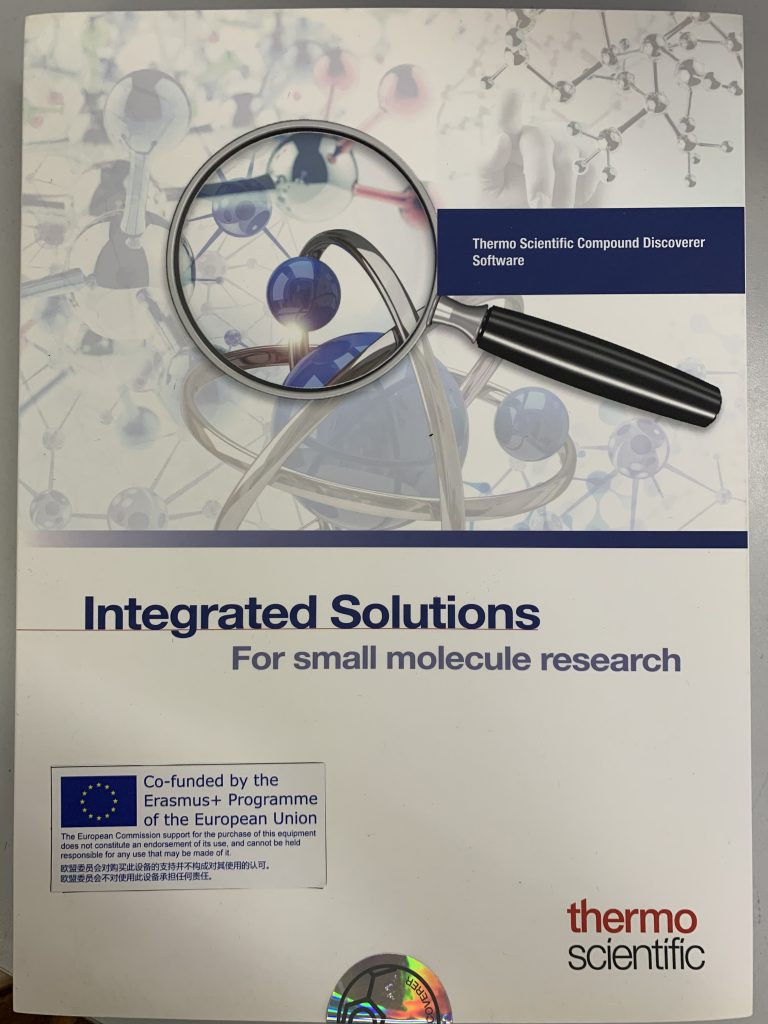
Software Compound Discoverer at Tongji University 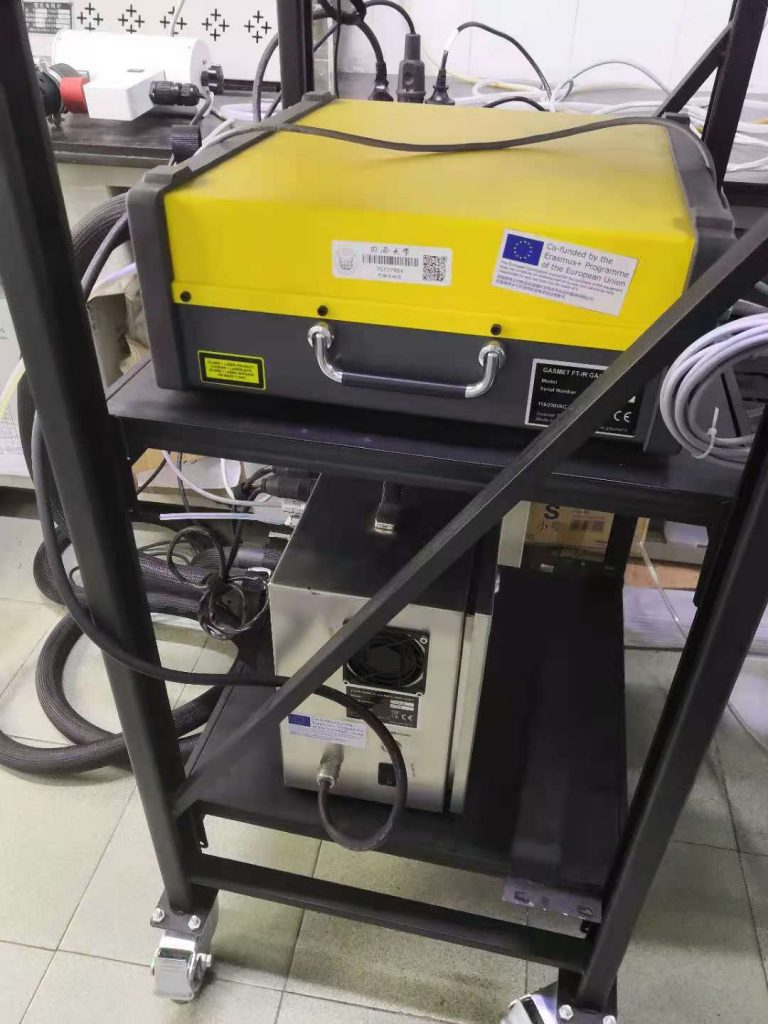
Gas Analyser at Tongji University 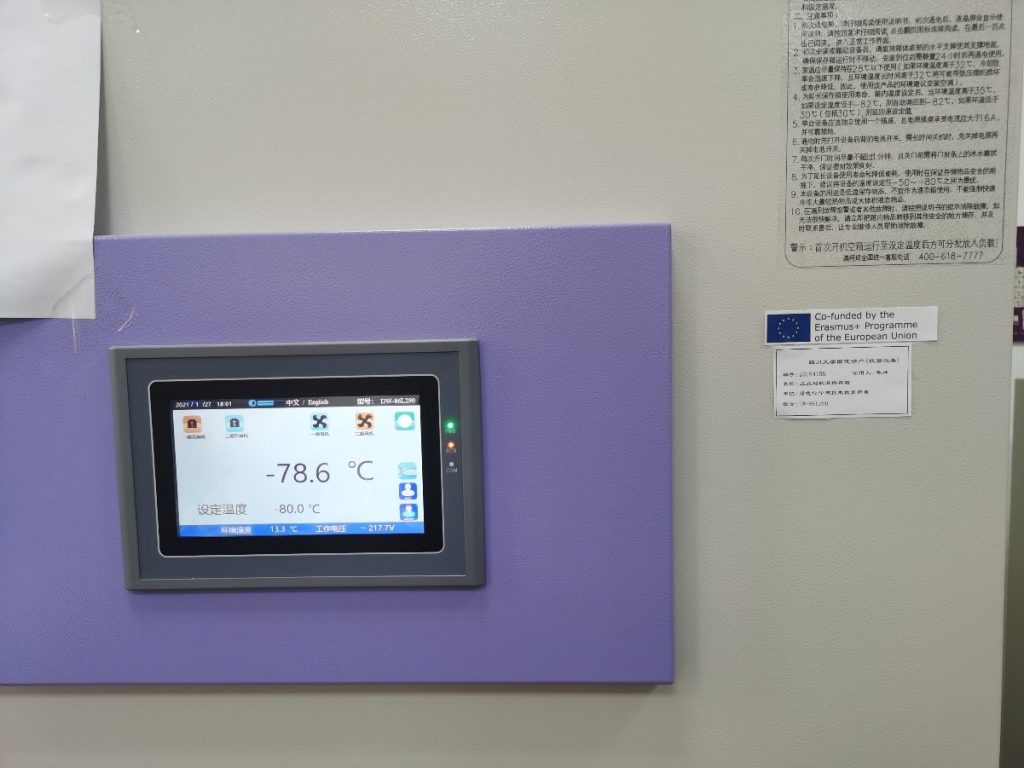
Ultra low temperature freezer at Sichuan University 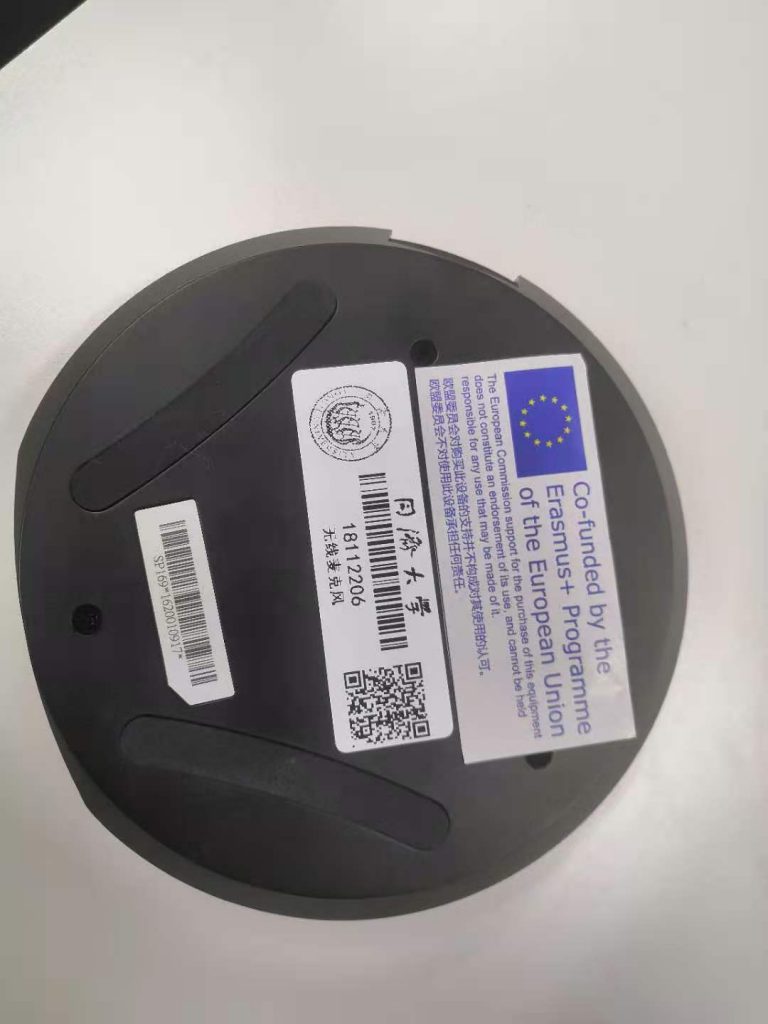
Wireless MIC at Tongji University 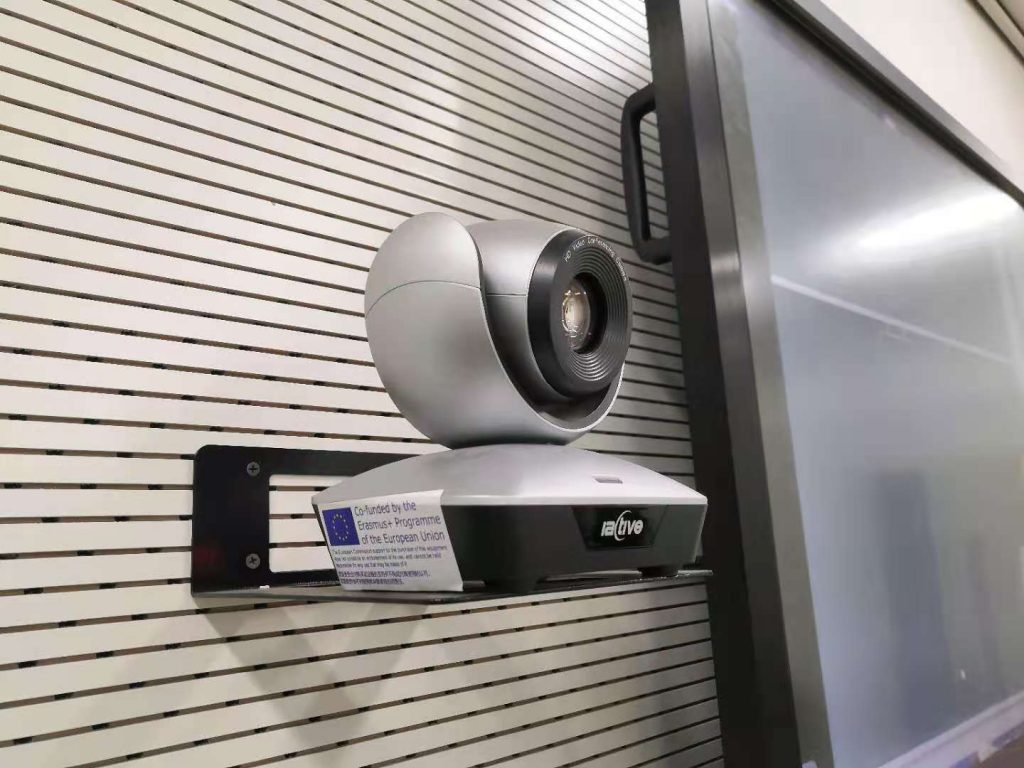
Web Camera at Tongji University 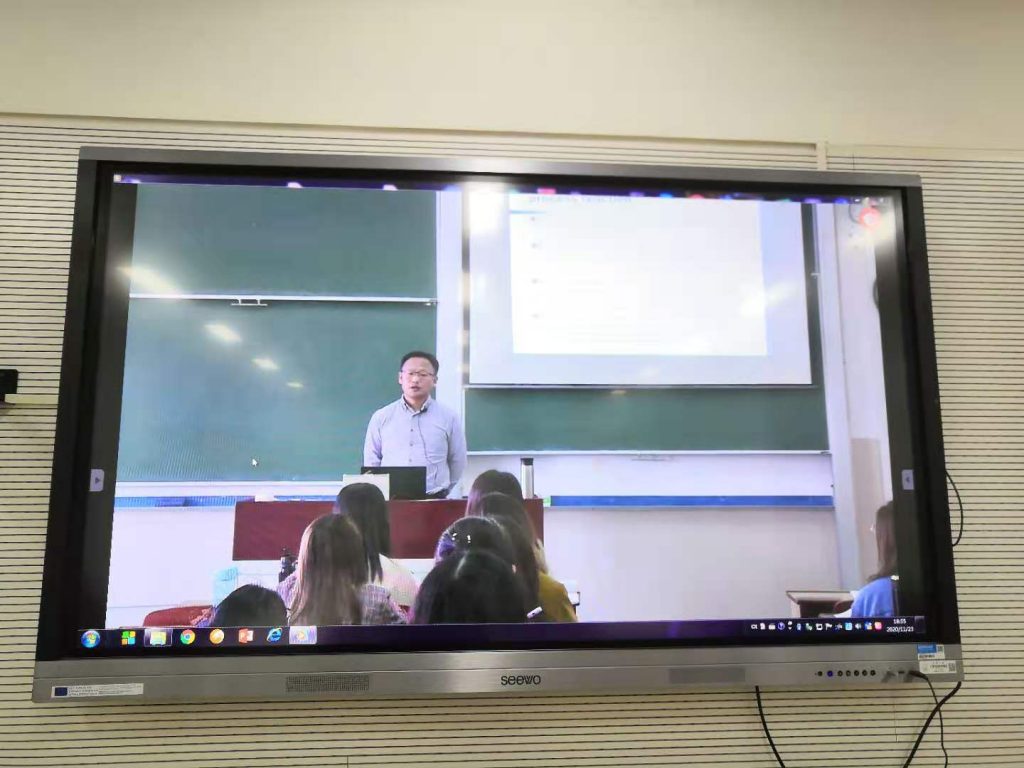
Teaching Touchscreen TV at Tongji University 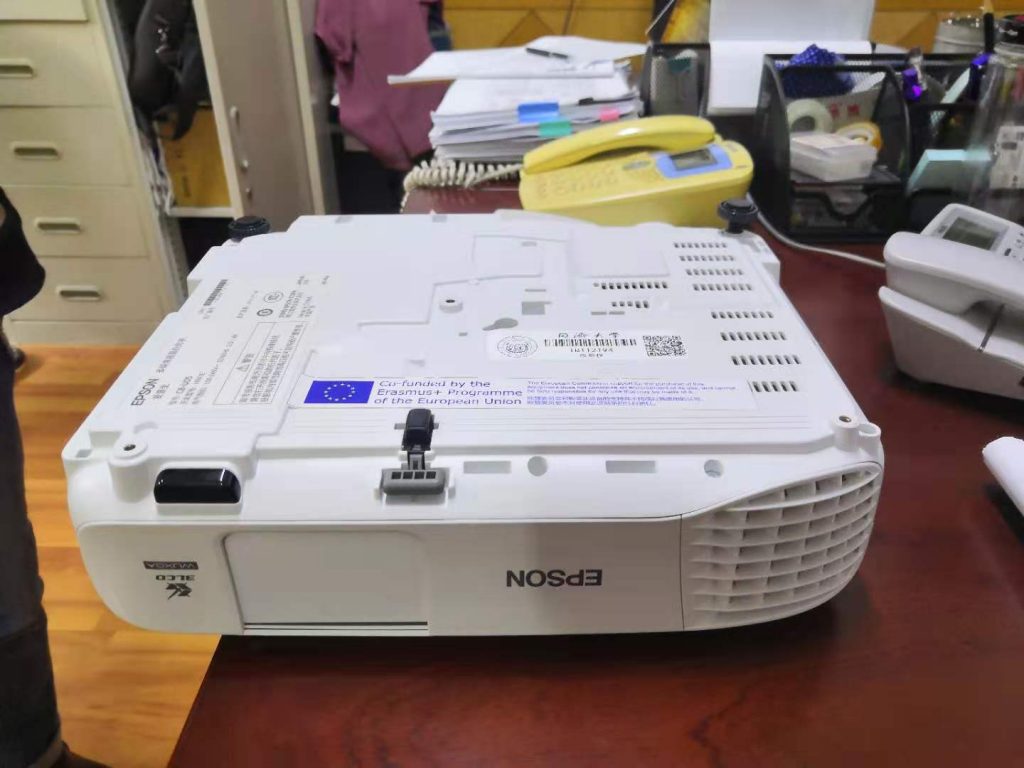
Projector at Tongji University 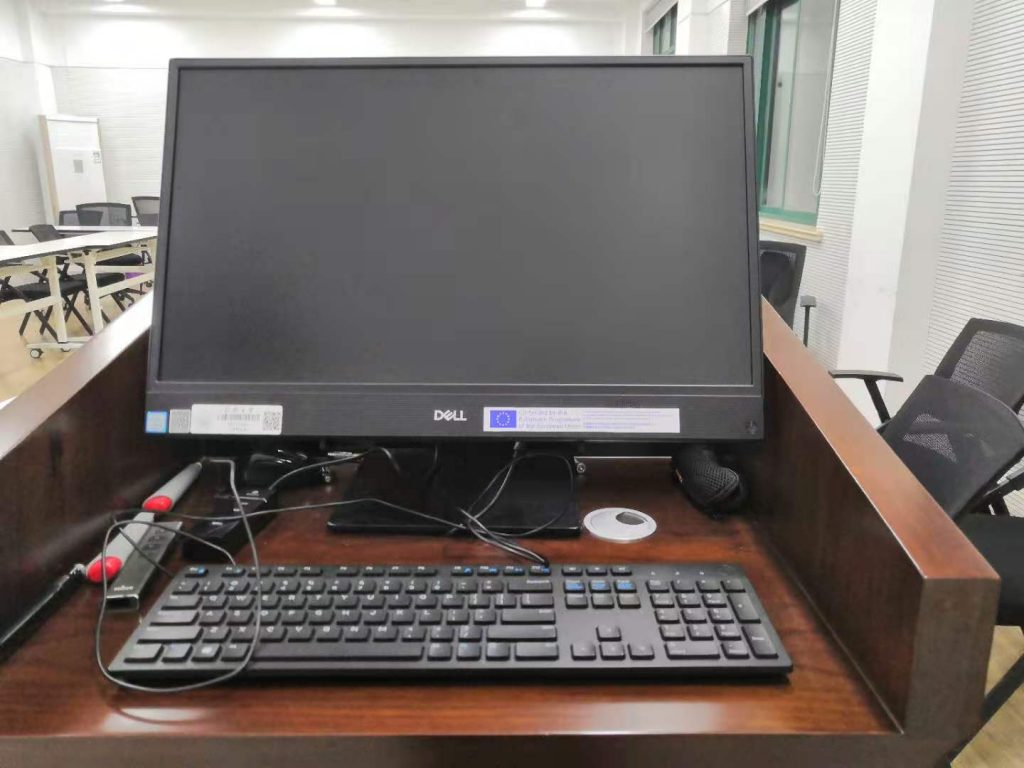
All-in-one PC at Tongji University 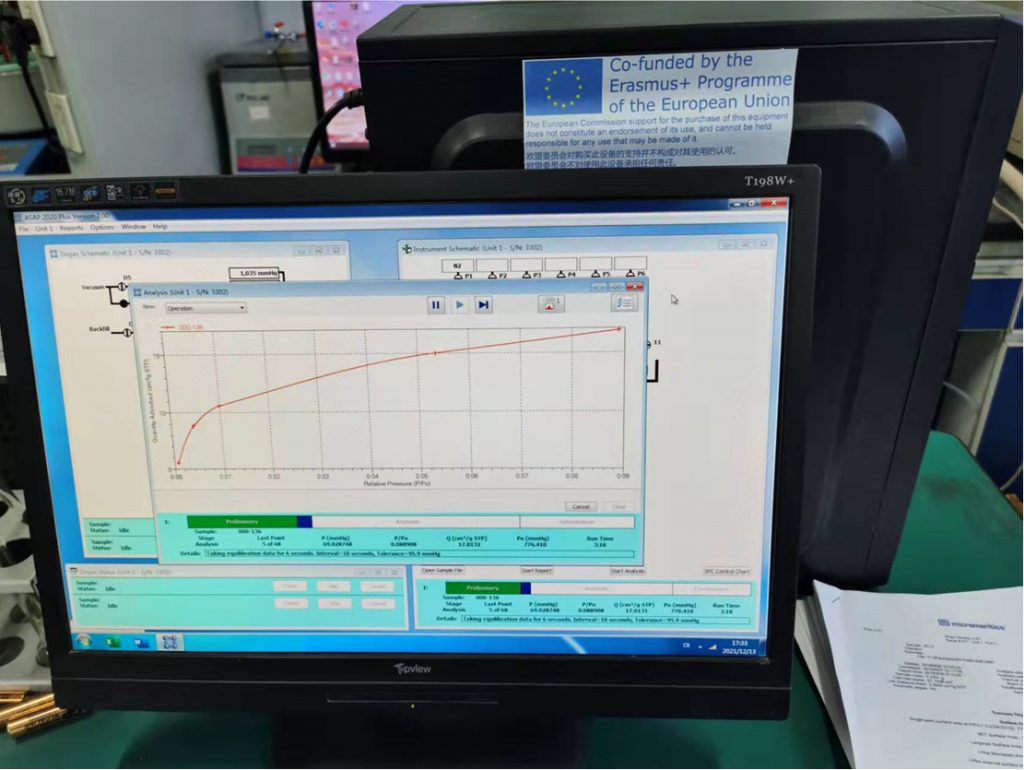
PC for ASAP 2020Plus at ECUST 
Micropore Automatic Physisorption Analyzer (ASAP 2020Plus) at ECUST 
Work station (Dell Precision 7920) at ECUST 
Pump at ECUST 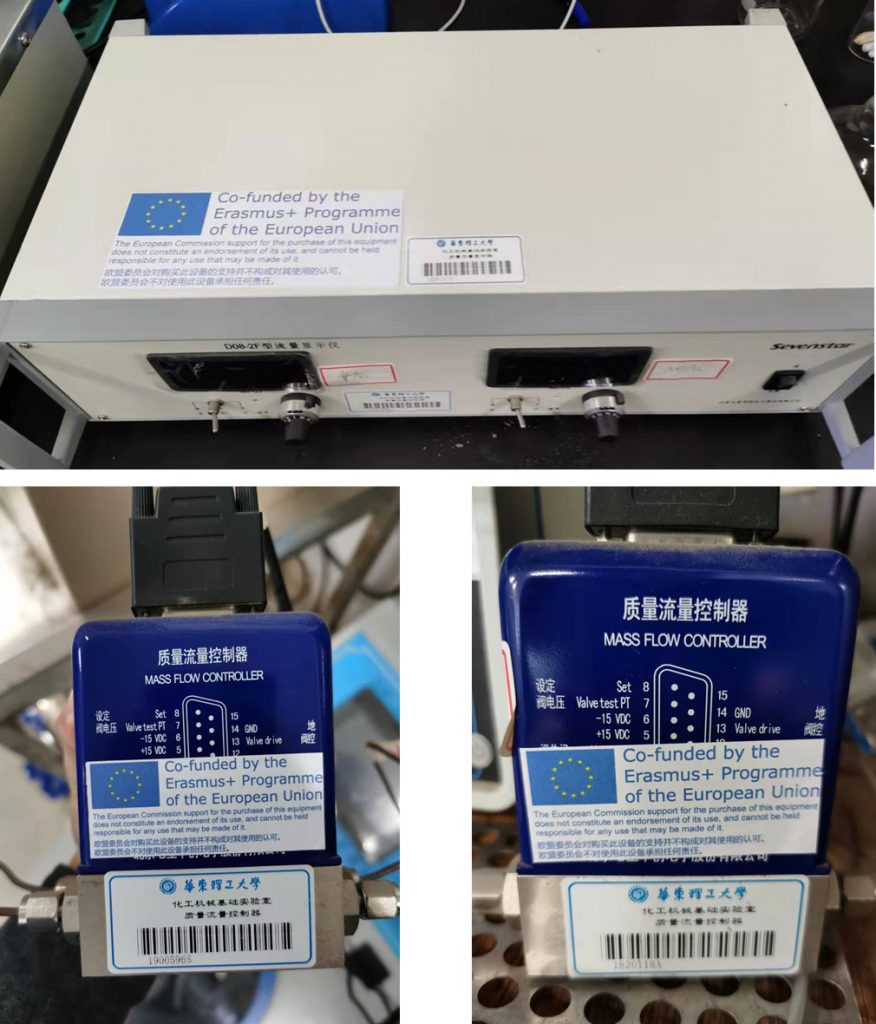
Mass flow indicator and mass flow controller at ECUST
Equipment has been purchased also for distance learning activities, necessary for sharing courses in between the three Universities involved. Text books have also been purchased, in order to make them available for the BBChina students.
All the equipment purchased within the BBChina Project has been labelled with a 2-languages sticker, stating the support given by the EU-Commission for the implementation.
A detailed description of the installed equipment and tools and their linkage with the courses and activities is presented in Report 3.7.
